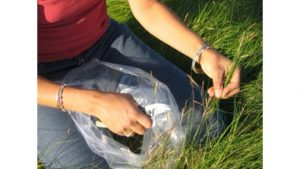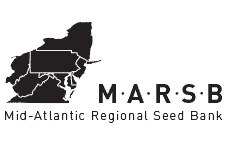Survey Results: Native Plant and Seed Use in The Eastern US
In 2018, MARSB conducted the first survey of native plant material (NPM) users from across the entire Eastern United States in order to better understand eastern trends of NPM use and availability. We also took the opportunity to question respondents about related practices and needs.

We received 760 responses. NPM users from all states east of the Mississippi River were represented and strong patterns emerged. Respondents expressed a preference for local ecotypes (74%), and almost no interest in cultivars (0.3%). Respondents identified commercial availability as the greatest barrier to their use of local ecotypes. Ninety-two percent of respondents use native seeds, and those who prefer local ecotypes are shopping farther afield than their concept of “local” would support. For instance, the most popular seed vendor is on average 363 miles away and the second most popular is 805 miles away. Respondents who think of local as being in-state buy their seed out-of-state 85% of the time. Eighty-three percent would be willing to pay a premium to obtain local ecotypes.
This degree of poor commercial availability places respondents in a position where they must continually incorporate non-local NPMs into their sites, risking project failure and/or degradation of natural areas.
Survey responses suggest potential solutions including creating an online marketplace, charging premiums for local ecotypes, and providing technical support. The authors also encourage procurement reforms and see development of a network of active seed banks as the essential first step in building a robust native plant material supply chain to meet Eastern needs. Lastly, respondents expect their demand for NPMs to increase with each passing year, highlighting the importance of addressing these issues now.
